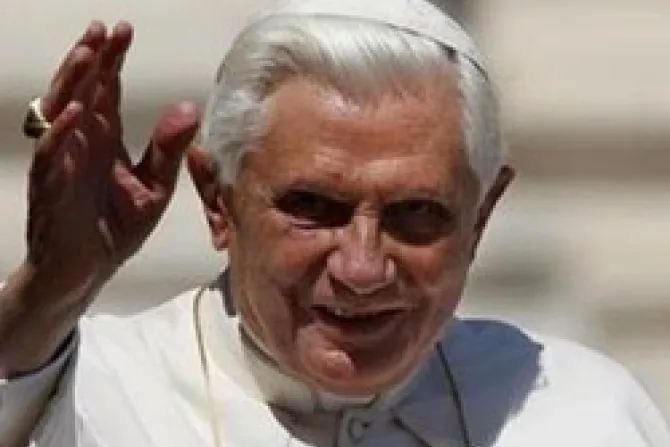Rome, Italy, Jun 29, 2009 / 15:42 pm
Speaking at a service to mark the end of the Pauline year, Pope Benedict has announced that scientific tests apparently confirm a sarcophagus long believed to be the tomb of St. Paul contains remains dating from the first or second century.
Archaeologists recently unearthed and opened a white marble sarcophagus located under the Basilica of St. Paul’s outside the Walls in Rome. The faithful have believed the sarcophagus to be the tomb of the Apostle Paul.
When Pope Benedict brought the Pauline Year to a close yesterday, he said that carbon dating tests on bone fragments show them to date from the first or second century.
"This seems to confirm the unanimous and uncontested tradition that they are the mortal remains of the Apostle Paul," he said.
Tradition holds that St. Paul was beheaded in Rome in the 1st century during a persecution of early Christians by Roman emperors. Bone fragments from St. Paul’s head are believed to be in St. John Lateran, another Rome basilica, while his other remains are believed to be in the sarcophagus.
Archaeologists who opened the sarcophagus discovered the bone fragments alongside some grains of incense, a “precious” piece of purple linen with gold sequins and a blue fabric with linen filaments, Pope Benedict said.
In 2002 Vatican archaeologists began excavating the 8-foot-long tomb of St. Paul, which dates from at least the year 390 A.D.
The top of the coffin has small openings which were covered with mortar. In ancient times, Christians would insert offerings or try to touch the remains through the openings.
A related discovery was announced on Saturday in L’Osservatore Romano. Inside the catacombs of St. Tecla in Rome, a fresco which depicts St. Paul was discovered on June 19. The round fresco is edged in gold and features the emaciated face of St. Paul.
It is described as the oldest known icon of the Apostle, according to the Vatican daily.
Monsignor Gianfranco Ravasi, president of the Vatican’s culture department, said the discovery was an “extraordinary event” and an “eloquent testimony” to the Christianity of the first centuries.


